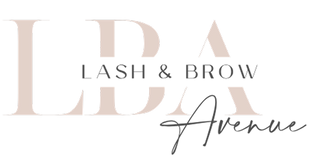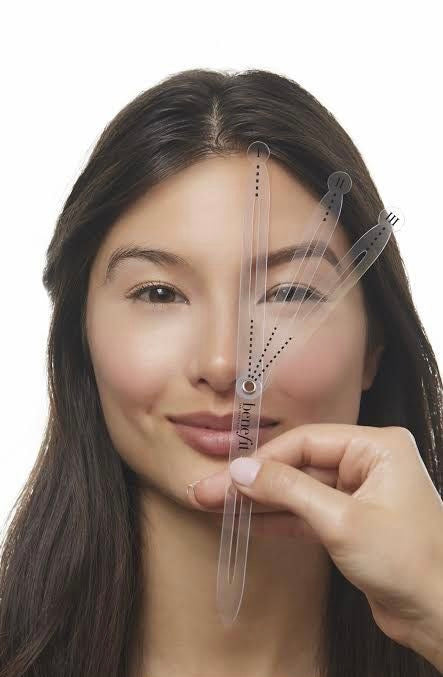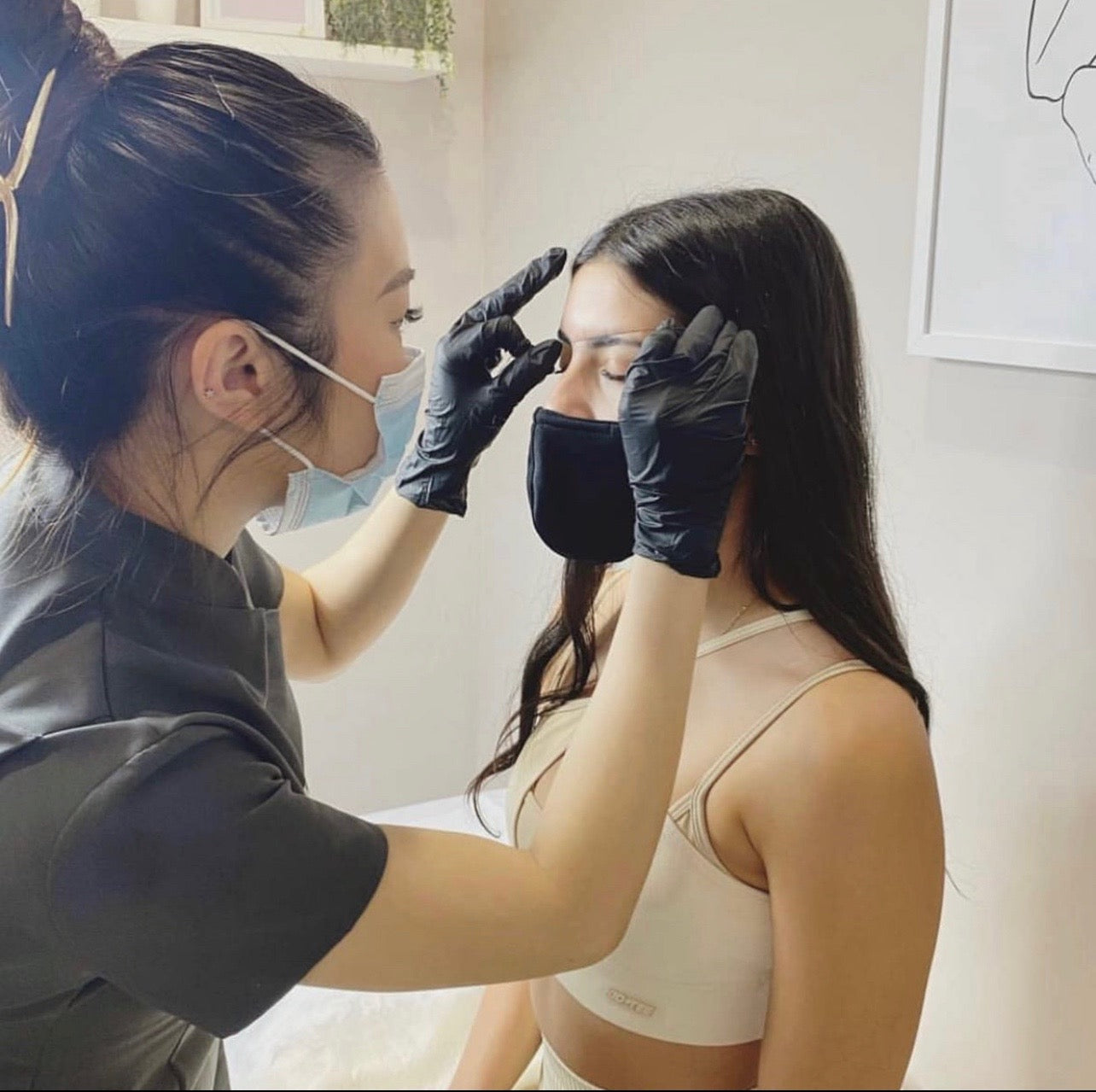Brow Threading vs. Brow Waxing: Choosing the Right Technique for Perfect Brows
·
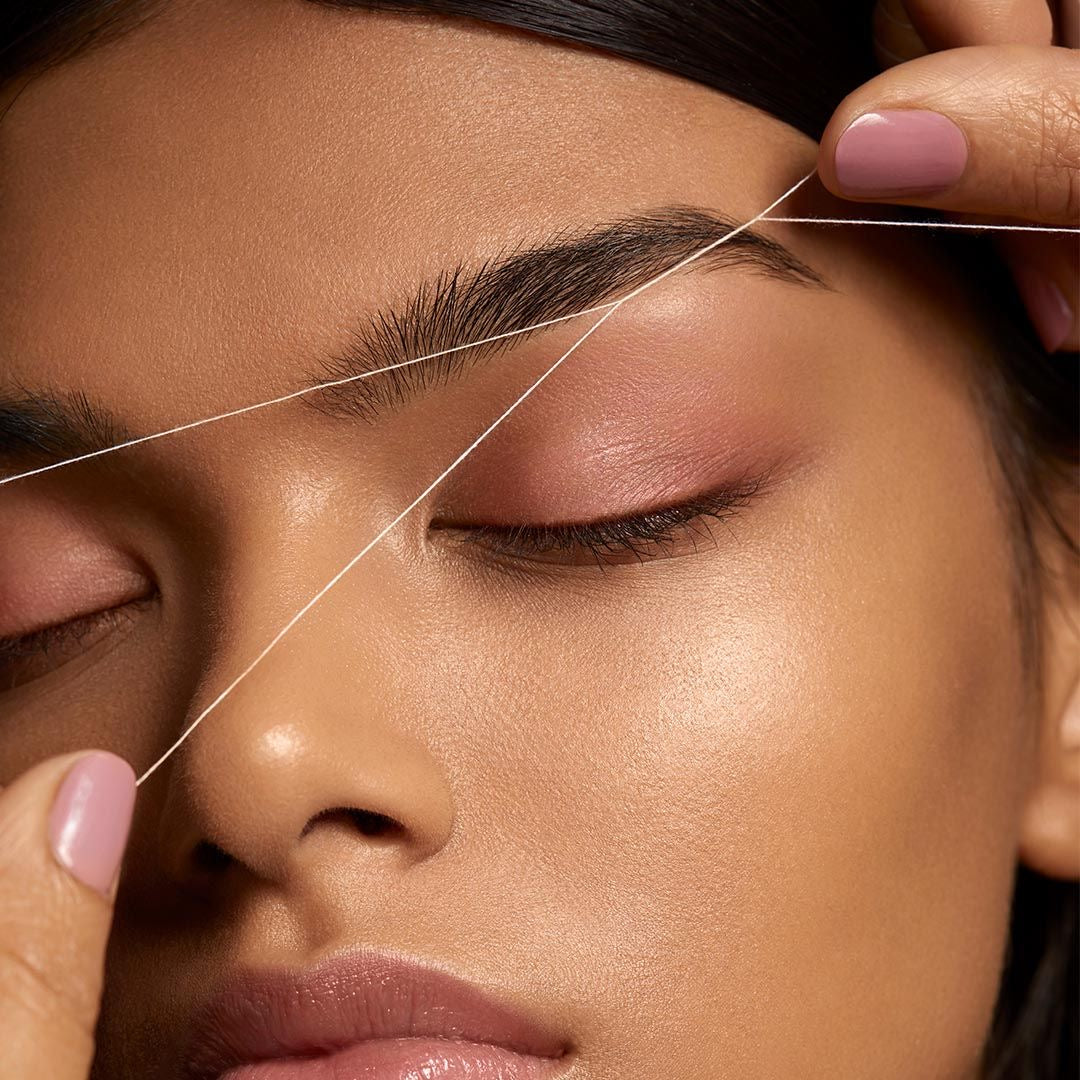
·
Achieving flawlessly shaped eyebrows often involves choosing between different hair removal techniques, such as threading and waxing. Both threading and waxing offer distinct methods for sculpting brows, each with its own set of advantages and considerations. Understanding the differences between brow threading and brow waxing can assist in making an informed choice for your eyebrow grooming needs:
Brow Threading: Precision and Control
Threading is an ancient hair removal technique originating from Eastern cultures. When applied to eyebrows, threading involves using a twisted cotton thread to remove unwanted hair by swiftly rolling and pulling it out at the follicle level. Here's what sets brow threading apart:
Precision Shaping: Threading is renowned for its precision in shaping eyebrows. The threading technician can precisely target individual hairs, creating clean, defined lines and achieving intricate shapes.
Gentle on Skin: It's an ideal option for sensitive skin around the eyebrows as it doesn't involve the use of chemicals or heat. The thread only touches the skin, minimising the risk of irritation or allergic reactions.
Fine Hair Removal: Threading is particularly effective for removing fine, short hairs that might be missed by other methods, resulting in smooth and well-defined brows.
Brow Waxing: Quick and Efficient Hair Removal
Brow waxing involves applying a warm or cold wax to the eyebrow area, covering the unwanted hair. A strip of cloth or paper is pressed onto the wax and swiftly removed, pulling the hair out from the root. Here are the key characteristics of brow waxing:
Efficiency in Bulk Removal: Waxing is efficient for larger areas of hair removal, including eyebrows, as it can remove multiple hairs at once.
Lasting Results: It provides longer-lasting results compared to shaving as it removes hair from the root, delaying regrowth and leaving the eyebrow area smooth for a longer period.
Potential for Irritation: Waxing may cause redness or irritation, especially for those with sensitive skin or those using certain medications or skincare products.
Choosing Between Brow Threading and Brow Waxing:
Precision and Detail: If seeking intricate shaping and precision detailing, threading is often preferred.
Efficiency and Lasting Results: Waxing can be more efficient for bulk hair removal and provides longer-lasting results compared to threading.
Sensitivity: Individuals with sensitive skin may prefer threading as it's less likely to cause irritation than waxing.
Regrowth Time: Waxing tends to keep the eyebrow area smooth for a longer duration compared to threading.
Both brow threading and brow waxing offer effective methods for eyebrow grooming, each with its unique advantages. The choice between the two techniques often depends on preferences for precision, efficiency, skin sensitivity, and desired regrowth time. Consulting with a skilled beautician can further assist in choosing the most suitable method based on individual eyebrow shaping goals and skin sensitivity.
Brow Threading: Precision and Control
Threading is an ancient hair removal technique originating from Eastern cultures. When applied to eyebrows, threading involves using a twisted cotton thread to remove unwanted hair by swiftly rolling and pulling it out at the follicle level. Here's what sets brow threading apart:
Precision Shaping: Threading is renowned for its precision in shaping eyebrows. The threading technician can precisely target individual hairs, creating clean, defined lines and achieving intricate shapes.
Gentle on Skin: It's an ideal option for sensitive skin around the eyebrows as it doesn't involve the use of chemicals or heat. The thread only touches the skin, minimising the risk of irritation or allergic reactions.
Fine Hair Removal: Threading is particularly effective for removing fine, short hairs that might be missed by other methods, resulting in smooth and well-defined brows.
Brow Waxing: Quick and Efficient Hair Removal
Brow waxing involves applying a warm or cold wax to the eyebrow area, covering the unwanted hair. A strip of cloth or paper is pressed onto the wax and swiftly removed, pulling the hair out from the root. Here are the key characteristics of brow waxing:
Efficiency in Bulk Removal: Waxing is efficient for larger areas of hair removal, including eyebrows, as it can remove multiple hairs at once.
Lasting Results: It provides longer-lasting results compared to shaving as it removes hair from the root, delaying regrowth and leaving the eyebrow area smooth for a longer period.
Potential for Irritation: Waxing may cause redness or irritation, especially for those with sensitive skin or those using certain medications or skincare products.
Choosing Between Brow Threading and Brow Waxing:
Precision and Detail: If seeking intricate shaping and precision detailing, threading is often preferred.
Efficiency and Lasting Results: Waxing can be more efficient for bulk hair removal and provides longer-lasting results compared to threading.
Sensitivity: Individuals with sensitive skin may prefer threading as it's less likely to cause irritation than waxing.
Regrowth Time: Waxing tends to keep the eyebrow area smooth for a longer duration compared to threading.
Both brow threading and brow waxing offer effective methods for eyebrow grooming, each with its unique advantages. The choice between the two techniques often depends on preferences for precision, efficiency, skin sensitivity, and desired regrowth time. Consulting with a skilled beautician can further assist in choosing the most suitable method based on individual eyebrow shaping goals and skin sensitivity.
